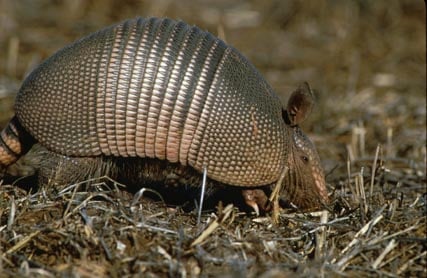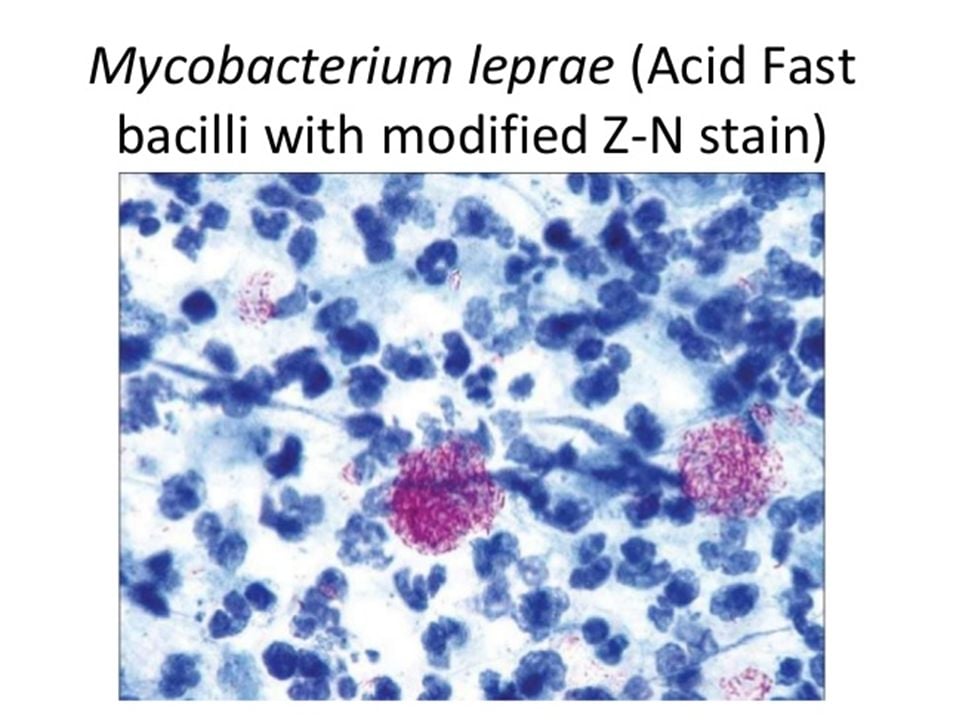Interesting Science Videos
Habitat of Mycobacterium leprae
- They are found in soil, water and air.
- Found in the soils where the leprosy infected people live.
- Most of them are non-pathogenic and non-parasitic.
- Found in warm tropical countries.
- Mycobacterium leprae are found in the peripheral nerves of humans.
- Found in the cold parts of the body like hand, feet and nose.
- They are aerobic intracellular organisms.
- They are also found in the Armadillos.
- They grow on temperature 30 to 33°C and pH 5.1 to 5.6.
- They can survive in humid environment for 9-16 days, 46 days in moist soil, 2 hours in sunlight and for about 30 minutes in UV light.
- Its generation time is from ten to thirty days (Average: 14 days).
- It was first detected in 1873 by a Norwegian physician named Gerhard Hansen.

Morphology of Mycobacterium leprae
- They are acid fast organism and also can be considered as gram +ve bacteria.
- Its cells contain peptidoglycan and stain gram-positive, but most of its cell wall is comprised of unique types of lipids.
- Due to thick waxy coating, they stains with carbol fuchsin.
- They are also known as “Hansen’s Bacillus Spirilly”.
- They have “Packets of Cigarettes” appearance.
- They have parallel sides with rounded ends.
- They are 1-8 µm in length and 0.2-0.5 µm in diameter.
- They are non-sporing, non-capsulated and non-motile bacteria.
- They divided by binary fission.
- They appears in group of bacilli side by side.
- They are slender, slightly curved or straight rods.
- They appears in clumps and rounded masses.

Genomes of Mycobacterium leprae
- They are 3,268,203 base pairs.
- 2770 genes.
- GC Content: 57.8%.
- Codes for 1605 proteins
- Contains 1115 pseudogenes.
- Genomes was sequenced in 10/02/2001 by Sanger Institute.
